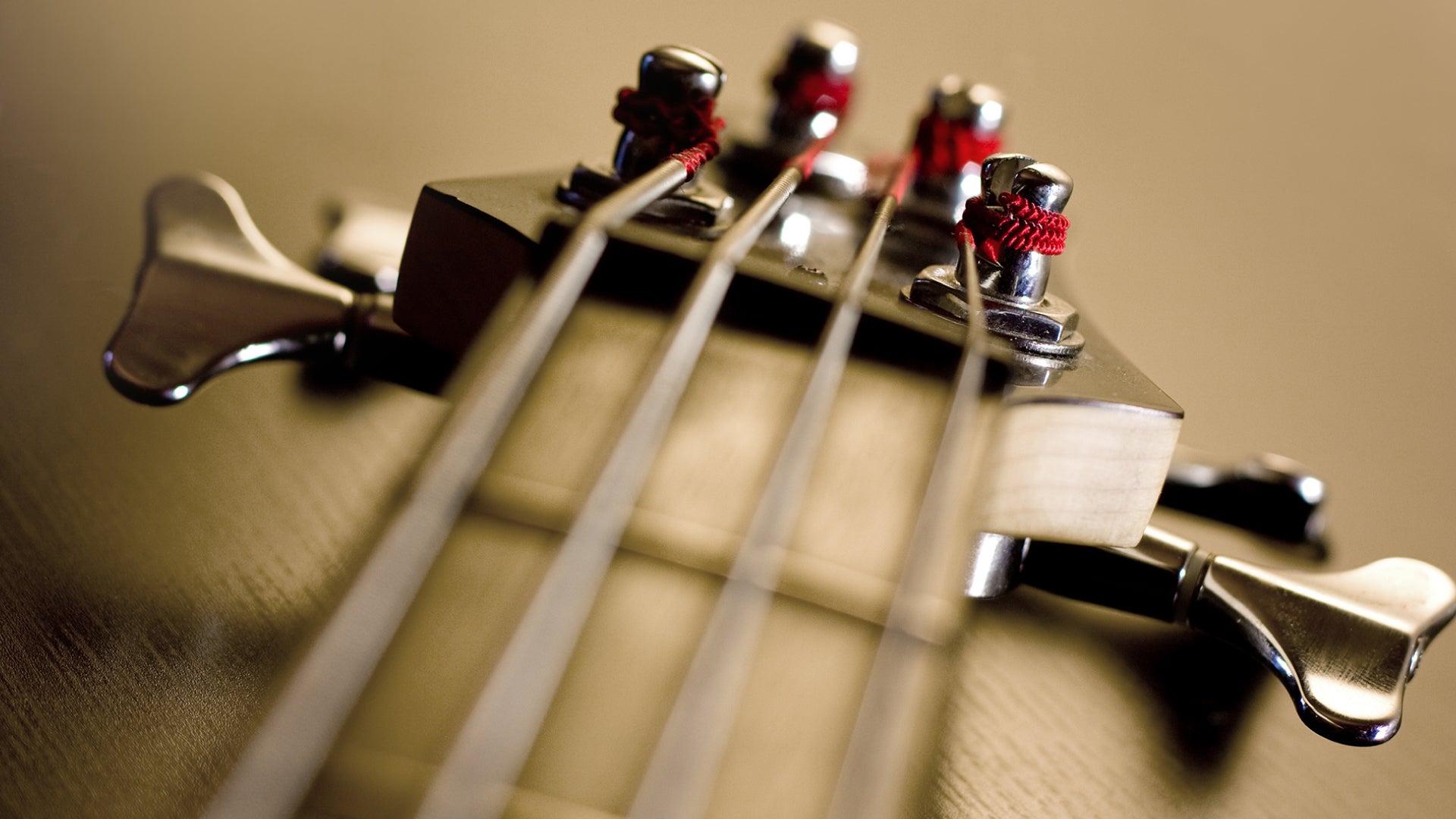5 Fixes for Bad Studio Bass Tone
When you’re a guitarist playing a bass part for a solo record, it can be tempting to just rush through so you can get back to your primary instrument. We see this all the time – players who treat their bass as more of an afterthought. As you can imagine, a lot of those bass recordings never turn out as good as they should be.
If you’re reading this though, you’re in luck because great bass tone doesn’t have to take a ton of work. Today, we’ll walk through five fixes for bad studio bass tone starting with a few things that can be done before you ever begin tracking.
And for those of you who might be looking for a fix after the fact; don’t worry. We’ll have a few solutions for bad bass tone in the mix as well.
Let’s get right into it!
Fresh Strings
One of the simplest fixes for any stringed instrument is a fresh set of strings. Unfortunately, bass guitars have some of the most expensive strings of any instrument on the market. The material for thicker strings inflates the price, making a one-time change a more expensive venture than swapping out the strings on a guitar.

So how do you get your value out of them?
Well for starters – I recommend batching your bass tracking sessions so that you’re not burning through strings. Recording bass for one song is fine, but if you’re writing and playing a lot between sessions, you’re going to have to replace your strings much more often.
However, if you write your songs and produce them to the point you can knock out a handful of songs at a time, a fresh pair of bass strings can easily last the duration of an EP or even a full-length album.
As a happy medium, you can always create scratch tracks with old strings and wait until you’re further along in the process before retracking the final version.
Playing Technique
A fresh pair of strings can only go so far if you’re not a bassist by trade and your technique sucks.
There are tons of guitarists out there who think bass is just the same as guitar only with fewer strings but understanding the role that bass is supposed to play in the context of a song often changes the way it gets played. Unless you’re playing in a fast, aggressive band that requires a lot of attack, fingerstyle is a much more common choice than a pick. That alone is enough to change the tone.

Take some time to learn the instrument and how to play it correctly if you do plan on tracking bass and it’s not your primary focus. Knowing how to control things like note length, muting, and other techniques like slapping can really add to your overall tone when used correctly.
Don’t Cheap Out on Gear
If you’re not able to cheap out and use old, junky strings, don’t think you’re getting a pass on your bass’ signal chain either. Bass guitars need to be recorded with decent pickups that capture the nuance of the performance, usually through a dedicated DI that can accurately capture the low end of the frequency spectrum as well.
Getting a clean signal into your DAW is going to go a long way, especially if you don’t have a live bass amp at your disposal.
Virtual Bass Rigs
With a clean DI recording in hand, you can then turn your focus to virtual bass rigs to dirty it up a bit. We love virtual bass rigs for their ability to create high-gain tones without pushing the same levels a huge bass amp might in a home studio. Tools like Bassforge Hellraiser can take even a subpar bass recording and build it up into something massive and commanding.
Just take a listen to this performance by Ignacio Vera:
I was a bit nervous when I first heard his unprocessed bass tone, but the parts that jumped out at me as jarring served a much more interesting role in the overall sound once he started building it up within the amp settings. By the end, the bass tone was something to be proud of!
Compression & Limiting
As you mix more and more bass parts, you begin to realize that tone is as much about the level of control you can maintain as it is about the sound you hear. A great bass tone isn’t just fresh strings, clean playing, or amp settings, but a controlled, yet dynamic performance.
Bass is emotive – just like every other instrument. If you can get a bass mix that moves you and makes you feel something, that’s all you can ask for.
The best insurance policy to stop stray notes from jumping out or a bass guitar that’s too quiet to hear in the mix is a limiter or compressor, since both aim to narrow the dynamic range. Try adding one to the next bass track you record that feels a bit amateur and I’m sure you’ll start seeing results almost instantaneously.
The Art of Mixing Bass
I’d love to say that limiters can solve all your bass woes, but there’s so much more to take into consideration. As a low-end instrument, bass needs to share its space with kick drums and extended range guitars while warding off other instruments that can build up and mask it. It’s a lot to keep track of!
For those looking for a checklist to work down on future mix sessions, I’d recommend checking out our eBook, Basscrusher: An Unholy Guide to Bass Tone. It’s got everything you need to start getting incrementally better at mixing bass, starting from square one.









